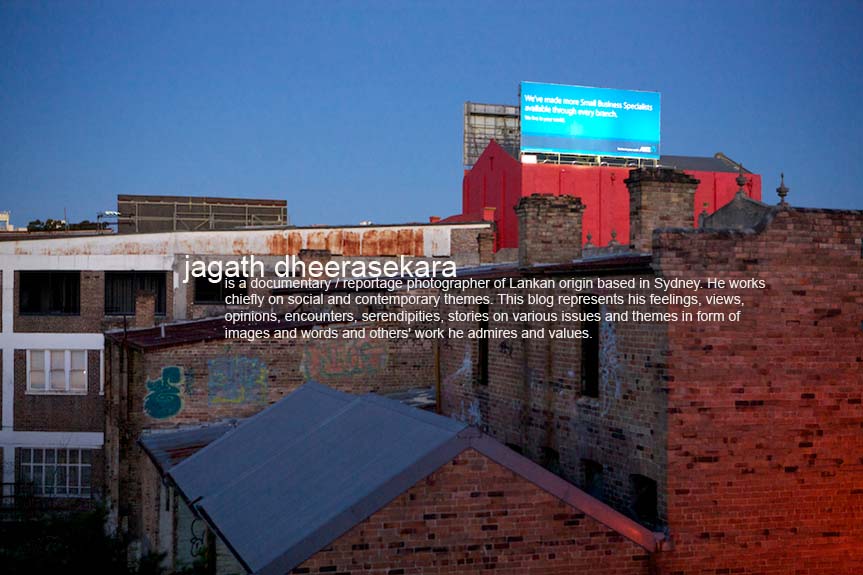Sugarcane juice manufacture is a flourishing business in Mumbai. From its roots of cottage industry, Sugar cane juice came to dominate the street market of post independent India as the common man’s drink. The juice has expanded to every corner of the city following in the treks of the ceaseless waves of migrant workers flocking in to the city. The harvesting of sugar cane is seasonal. Thus the people who work the cane fields and the processing of sugar cane are also truly seasonal workers, travelling from one state to the other, following the harvesting. The workers live in cramped dank rooms, space being a rare luxury in Mumbai. A great part of their social and biological activities and interactions are satisfied within these confines. Most live a frugal life in order to send the bulk of their earnings to families back home. However, a silent resilience and the ability to take pleasure in the very simple things in life appear to sustain them, in part reflecting the story of the sugar cane juice itself which, unsophisticated as it may seem, had managed to survive the drastic urban changes that took over post independent India including the pressure from major soft drink brands.




































